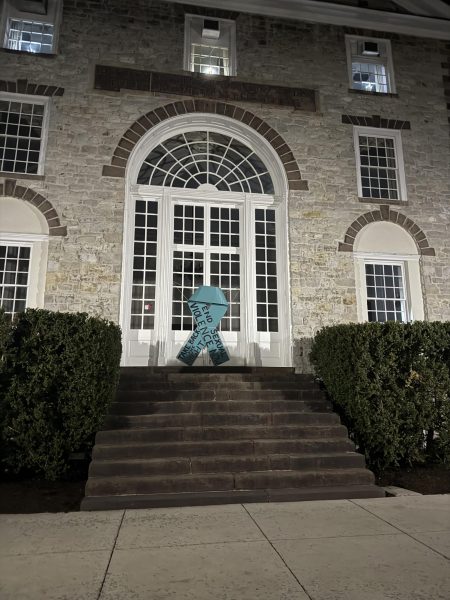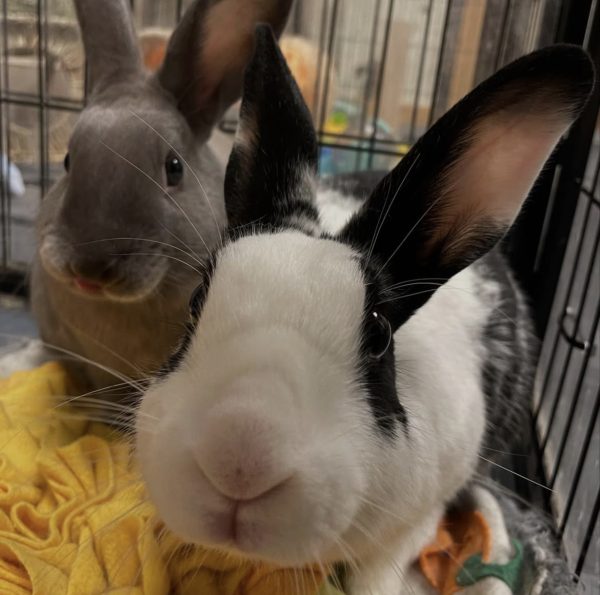Art Department Cares for Feral Feline Residents
The art and art history department has joined forces with Furry Friends Network to deal with the onslaught of cats around Goodyear Apartments.
According to studio technician for the art and art history department Brooke Wiley, the feline residents have lived in and around Goodyear for around 20 years. She also explained that she and Rachael Eng, assistant professor of art and art history work in conjunction with the Furry Friends charity to care for and ensure the health of Goodyear’s cat colony.
According to Wiley, these concentrated efforts began last spring when students living in the Goodyear apartments found a new litter of kittens in the parking lot. After their mother resisted efforts to reach them, one student contacted the Furry Friends network to plan a trap, neuter, vaccinate and release process for the cats.
By the end of the semester, there was a new litter of kittens, and Wiley says that, “June arrived with a kitten explosion.” She and a former student found five kittens outside the studio. They began to feed and attempted to socialize with them, but this required nearly constant care and participation. Wiley said of their dilemma, “As much as we just wanted to grab them, that can be really traumatic.”
At this point, Furry Friends took an active role in cat colony maintenance. Volunteer TNR (trap/neuter/return) Candace Weller began trapping kittens in May, after assessing the situation, and continued to do so through June. All captured cats were spayed or neutered and vaccinated along with being “tipped,” the clipping of an animal’s ear to indicate that they have been part of a TNR program.
The TNR missions resumed at the beginning of September, when they were treated at a public clinic. The cats will require continued support, and “taking care of these kitties will be a long-term commitment,” Weller said. She and Wiley have coordinated a schedule for feeding, and in the winter, Furry Friends will provide feral “houses” filled with straw to warm and protect the cats.
Of the continued work, Wiley said, “The primary goal now is to ensure that this colony remains kitten-free! We know we still have several adults and kittens to trap, so that is an on-going process. A feral colony remains fairly stable, once they are released back into their habitat, that’s the point of releasing them where they have been trapped. Hopefully, a stable colony will not admit new feral [cats], but we will need to be aware of any new cats who move in.”
Eng expressed similar thoughts about her experience saying, “It is sad to see so many kittens and cats when they get sick or injured, and not being able to help them. If a kitten isn’t socialized when it is young (being pet, picked up, talked to) it will grow up fearful and will not trust humans. I hope that when making the decision to adopt a pet, we take the responsibility of caring for them through the frustrating and difficult times, to share a home and companionship.”
All of the vaccinations and sterilizations are subsidized by the Furry Friends network, and Weller says this will continue as long as there are new cats in need of care, including the three she is currently aware of that have not been trapped.
While members of both Facilities have checked on the program from time to time, according to Chief Dolores Danser, the operation has been conducted independently from Dickinson.





